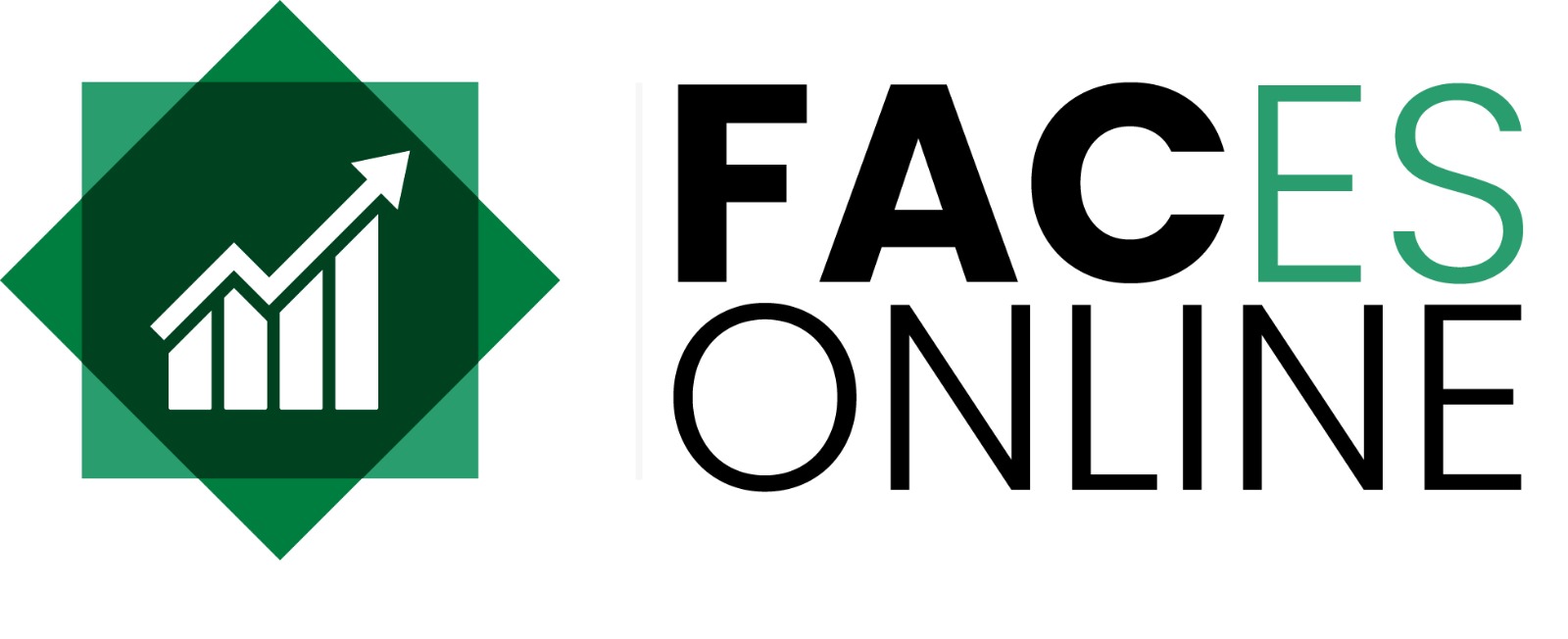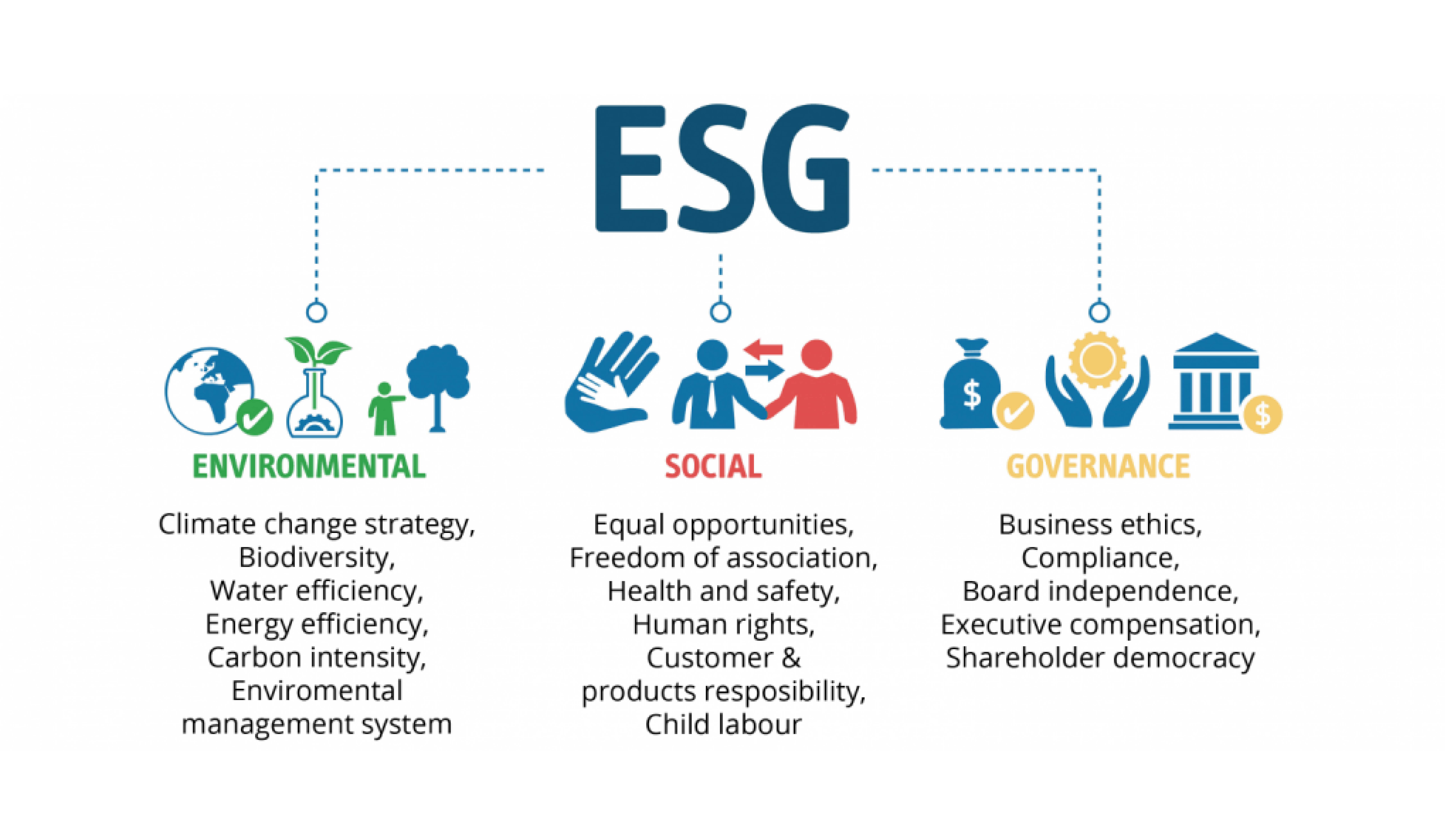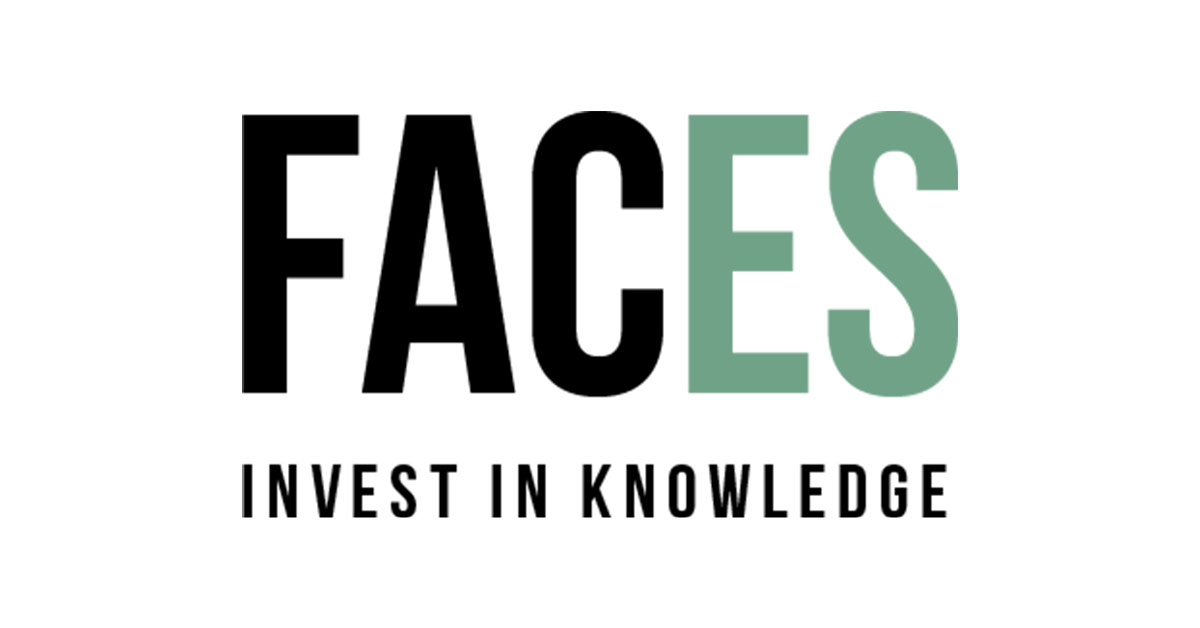For the Dutch version, click here. In recent years, sustainability reporting has become increasingly important for companies. The number of companies reporting their ESG information has increased from 20 in the 1990s to 9,000 in 2016 (Amir & Serafeim, 2017). Investors want all this information to be easily accessible so they can use it in their decisions. To meet demand, several raters have started handing out “ESG Scores”. These scores summarize the ESG report into a number, indicating how well a company is performing on its ESG goals. Examples of raters include KLD, Sustainalytics, Moody’s ESG, S&P Global, Refinitiv and MSCI. All are prominent and reliable raters. You would expect all of these raters to come to roughly the same conclusion when they assign an ESG score to a company. Yet research shows that the scores between raters can vary greatly. In this article, I find out why raters disagree and whether the ESG scores they assign then still have value. Berg et al. Research by (Berg et al., 2022) [1] shows that the correlation between the six raters mentioned above varies between 0.38 and 0.71, meaning that even though the ratings move in the same direction, they do not always agree. This makes it difficult for investors to place value on a particular rating and it is not clear to companies which aspects they need to improve in order to achieve a high score. The researchers identify three factors that lead to these differences. In short, these three factors boil down to the what, how and how much they are going to rate. What raters measure is something they can decide for themselves. Where one rater includes corruption in her assessment, another chooses to measure and assess working conditions. Next, how they are going to measure this may also differ. For example, one rater may choose to rate working conditions based on employee satisfaction scores, while another chooses to use the number of lawsuits filed by employees against the employer. How heavily raters judge may be up to them. If two raters both rate corruption and working conditions, one may give greater weight to corruption while the other considers working conditions important. As a result, the rating may differ even if the raters include exactly the same variables. The researchers talk about 709 indicators in 64 categories. From this stack, raters themselves choose which indicators they give how much weight, so it is natural for differences to arise. Research Affiliates. The differences that arise can be large. A study by Research Affiliates [2] demonstrates a good example: Wells Fargo. This American bank is placed in the lowest 5% on Governance by one rater, while another rater places it in the highest 25%. This is because one rater places a scandal in the Governance pillar, while the other thinks it falls under the Social pillar. The scandal involved widespread solicitation of new accounts and credit cards for customers without their consent. The fees that came with these accounts and credit cards were charged though. “They cannot take a random rating and make a decision.” The results are in stark contrast to ratings for non-ESG attributes such as long-term debt. Raters S&P, Moody’s and Fitch show correlations between 0.94 and 0.96 in this area, indicating that the ratings are very similar. The reason? There are many more requirements and guidelines attached to ratings on financial information than there are for ESG ratings. Moreover, the numbers and amounts are often easily measurable. It is easy to give an unambiguous answer on the total amount of outstanding debt than on how satisfied employees are. Investors The fact that ESG ratings vary so much among themselves has implications for investors[3]: they cannot take a random rating and make a decision to invest or not based on it. The investor must do additional research on how the rater calculates scores and whether the factors the rater uses match the factors the rater considers important. If so, the investor can use these scores. The differences in themselves can also give the rater information. In fact, research by Gibson and Krueger [4] shows that the greater the difference in ratings, the higher the returns for that company. Future To make ratings more compatible, some agreements will have to be made about the what, how and how heavily. Accenture [5] lists five recommendations to bring ratings closer together. For example, raters could be more transparent about how they arrived at their ratings. Also, regulators could specify specifically which factors fall under E, S and G, so that all raters include the same factors under the same rubric. There is also a task for the companies that publish their ESG information: standardization. This means that the data they provide through their ESG report is consistent and meets global guidelines as prescribed by the International Sustainability Standards Board. In this way, all companies provide the same type of information to raters, reducing the chance that they will interpret it in different ways.
High Frequency Trading: COVID-19 Edition
For the Dutch version, click here Introduction Ever since Michael Lewis released his famous book ‘Flash Boys’ back in 2014, High Frequency Trading (HFT) has been a topic often discussed by investors. Although this is not a fairly new form of trading (some argue that it began in the 1930s), a lot of people and especially many retail investors are still not acquainted with this concept. This has left retail investors and people unfamiliar with the financial markets often questioned during the COVID-19 pandemic. What is High Frequency Trading? And what is so special about it during the COVID-19 pandemic? In this article Faces discusses with professional insight from Quirien Raat what High Frequency Trading is all about and what implications it has for the market during COVID-19. High Frequency Trading High Frequency Trading (HFT) is a type of algorithmic financial trading strategy that traders use to try to gain ‘alpha’. It is a strategy where devices and algorithms try to be the fastest in executing an order. This is where high volumes and low margins come into play. HFT does not only capture arbitrage in the market, it also helps to keep the market less volatile and provides liquidity to the market. Furthermore, HFT is a type of strategy used within market making. A company that continuously buys and sells shares at a listed price is considered a ‘market maker’. Even though the main emphasis of HFT is on speed, a market maker does not necessarily have to be fast. They can execute their orders manually and still be profitable. Nevertheless, the theory of HFT can sometimes be a little hard to understand in just one sitting. Thus, in order to gain more insight into this, it is important to take a look at a practice scenario of HFT. Flow Traders Quirien Raat, alumnus of Tilburg University and currently trader at Flow Traders N.V., guides us through the world of HFT at Flow Traders. Flow Traders was established in 2004 by Jan van Kuijk and Roger Hodenis and has since grown into an entity with a market capitalisation of approximately € 1.5 billion (per May 2020). Although many people know that Flow Traders is an active player in the HFT-market, this is actually not their primary activity. Flow Traders can be considered more as a market maker and executes multiple strategies as a market maker, of which HFT is one. As a market maker, Flow Traders mainly focuses on the so-called Exchange Traded Products (ETP). The best known of these are the Exchange Traded Funds (ETFs). These are the ‘trackers’ of the market. The AEX, for example, is an index of the Dutch market of which many ETFs are created and distributed. This implies that the value of the ETF should be in line with the sum of the value of the underlying shares, but this is seldom the case. Hence, how does Flow Traders respond to this as a market maker? Quirien mentions the following: “Flow Traders ensures that the market is efficient and is brought back into balance. We do this by providing a bid and sell price at all times around the actual value of an ETF.” Though, this might stir up questions such as: what’s it like to keep the market in balance during the COVID-19 period? How does Flow Traders deal with such volatile fluctuations? COVID-19 To date, 2020 must have been one of the most frantic years in modern history. Revenues have declined to levels never seen before and the unemployment rates around the world has been reaching new records. In addition to this, COVID-19 has had a huge impact on the stock market, especially at the start of the outbreak when many investors experienced a huge sell-off. With so much uncertainty and volatility on the market, this is exactly where Flow Traders comes into action as a market maker. “During such a highly volatile market, the price of the underlying stocks and related ETFs fluctuates enormously”, says Quirien. “Even in such situations, investors still want to keep trading. However, everyone wants to sell their securities and this causes the prices of ETFs to sink. Though, Flow Traders has the ability to then buy these ETFs, split them up and subsequently sell the shares separately. This then leads to the case that some people will still buy these stocks separately, thus preventing the ETFs from becoming worthless. Shortly, by continuously displaying bid and sell prices to the market for ETFs, volatility is curbed and this market then remains in balance.” This operating mechanism has led Flow Traders to realise a high operating result last quarter. Yet, one might assume that this would have been due to an increase in trading on the market. However, according to Quirien,it is not only due to the higher volumes in the market. “It is also due to the larger margins created by the increased volatility and uncertainty on the market.” “We don’t invest in stocks that ”add value”. We don’t keep a portfolio and our business model isn’t about having a long-term vision.” But if the market plummets, doesn’t Flow Traders’ market positions cause a negative operating result? No, this is not the case. Due to the fact that Flow Traders hardly holds positions for a long period of time, they are hardly sensitive to price changes in equities. “We don’t invest in stocks that ”add value”. We don’t keep a portfolio and our business model isn’t about having a long-term vision.” HFT is an essential part of market making during the COVID-19 period. Though, it is certainly not the case that everyone could easily start implementing this strategy in a short period of time. First of all, you need a large amount of capital to invest in top-of-the-line devices that can run your algorithms at an extraordinary speed to make sure that you are (one of) the fastest traders on the market. Next, according to Quirien, you would also need a special license to act as a market
The IPO story
The IPO story: it’s all about being prepared In the first quarter of 2015 €34.9bn capital was raised through IPOs (Initial Public Offerings) worldwide, of which €15.3bn was raised in the EMEIA region. Also Euronext Amsterdam stock exchange started strong in 2015 with the IPOs of GrandVision, Lucas Bols, and Refresco Gerber, after a number of years of limited activity. GrandVision raised €1.0bn in capital and ranked in the global top 10 of IPOs. The number of IPOs we see today is no coincidence as an IPO is not a spur of the moment decision. The recent IPO activity reflects the trust Dutch companies currently have in the economic climate but also proves that investors with available funds are looking for returns. Successful IPOs follow an extensive IPO readiness process that transforms privately held investments into listed and scrutinized investment opportunities for both institutional and private investors. Preparations are crucial to be ready when the IPO window opens. 1. Start early with an IPO readiness assessment and make an informed decision In order to be able to act and operate like a public company, companies should begin their IPO readiness process sufficiently early. They should be agile enough to respond to pressure to move swiftly into registration while the window of opportunity is available. As IPO readiness involves accepting and implementing change in every aspect of the business, executive management, organisation, and corporate culture – companies that start early are better prepared. Being IPO ready means among other things, to have your company ready to meet accounting (IFRS, US GAAP), tax (structuring) and legal and financial reporting requirements. Key systems that need to be in place in order to achieve this include internal controls, risk management, compliance, corporate governance and internal audit. 2. Commit substantial resources to building the right team Preparing for an IPO is an intense and demanding process and it is all too easy for management and employees to be distracted from other important issues by the sheer enormity of the task. The company must strike the right balance between managerial focus on the IPO transaction and the day-to-day operations of the company. It is necessary to prepare an experienced management team, robust financial and business infrastructure, and a corporate governance and investor relations strategy.IPO candidates often underestimate the time their IPO journey will take and the level of scrutiny and accountability faced by a public company. This is why successful companies approach their IPO as a transformational process, rather than a final destination or just a financing event. 3. Have a plan B alongside the IPO as part of a multitrack process Evaluate alternative exit strategies and keep the options open. Before opting for the IPO route to growth capital, most IPO candidates explore alternative strategies. Taking a multi-track approach increases a company’s strategic options, improves negotiating leverage and reduces execution risk. The mergers and acquisitions market, private equity-backed deals and dual-track approaches (such as a concurrent pursuit of both an IPO and an M&A transaction) are viable alternatives for raising capital and offer their own unique strategic advantages. 4. Be aware of investor requirements in a buyer’s market in all parts of the issue concept A recent survey of institutional investors conducted by EY shows that the combination of the right team, right story and right price is key to success. Being prepared – in other words, having achieved IPO-ready status – is a prerequisite for this. The infrastructure-building process should include development of a strategic investor relations program for marketing the company prior to the IPO. This ensures that key investor-relations professionals are on hand to guide the planning for and performance during the IPO road show. Investors are clear about what they look for in a successful IPO. Good quality companies priced right, run by the right team and with a good story to tell will command the attention of the market, even when market windows are opening and closing fast. Investors rank the top five success factors for IPOs as attractive pricing (the leader by a considerable margin) followed by a compelling equity story, confidence in management, the right timing and, last but not least, IPO readiness. 5. Pricing: Use multiple methods, gain knowledge of indicators and agree on threshold values Being able to articulate a compelling equity story backed up by a strong track record of growth sets the company apart from its peers while increasing value for owners. 60% of investors base their IPO investment decisions on financial performance measures – in particular, growth in EPS, EBITDA and profitability – and attribute an average of 40% of their IPO investment decisions to nonfinancial measures, giving most weight to management credibility, corporate strategy and brand strength. A compelling equity story covering all these aspects is therefore key to marketing an IPO. Moreover, size is a decisive factor when it comes to entering selection indices and gaining broader access to investors. A high free float will facilitate the necessary post-IPO liquidity. 6. Timing: Create flexibility and the ability to get off to a rapid start, especially when entering the hot phase before the IPO roadshow When the market timing is right, it’s the companies that are fully prepared which are best able to leverage windows of opportunity. Companies that are flexible when it comes to kick-starting their IPO execution phase will benefit from the visibility of the fastest and first company that present the IPO with high attention and market awareness when IPO windows are open. Companies around the world continue to ready themselves to go public. Whether a company is owned by its founders, a family business, conglomerates, government, private equity or venture capital, building confidence and trust among investors in the public spotlight of capital markets is vital. Being IPO ready in all areas is the ideal foundation for achieving this. 7. Living up to the expectations During the IPO process, in the prospectus, and during the roadshow, companies set expectations about their future performance. Immediately after the IPO
Crowdfunding: a new form of financing
Crowdfunding is a relatively new way of financing that brings entrepreneurs and investors together. It complements existing ways of financing, such as bank loans and informal investors. Along with these financing methods crowdfunding allows many new entrepreneurs to begin their own business. Moreover, existing entrepreneurs may also develop new initiatives. Almost every person can invest in these companies, because the minimum investment amount is often only € 10. Crowdfunding is popular. According to crowdfunding consultants Douw & Koren, 32 million was funded by crowdfunding in the Netherlands alone in 2013, spread over more than 1250 projects offered on dozens of platforms. As a result, there are many different types of crowdfunding all offering a different (financial) agreement between the person with the idea and the lender. On some platforms the lender only receives one product or service to thank you for your financial support (reward-base). On other platforms money is being raised through donations. But there are also crowdfunding platforms where you can be rewarded for your contribution. Many platforms offer this traditional form: the project starter closes a loan with various lenders and provides the lenders shares, who share in the profits and control of the company. A crowdfunding campaign usually consists of three phases: preparation, crowdfunding campaign (where investors are sought) and the stage in which the entrepreneur is going to work with the money. Crowdfunding is very time consuming. However, a crowdfunding campaign yields, besides money, much more for entrepreneurs. Thus crowdfunding can be used very well as a marketing tool and by focusing on crowdfunding you can turn your investors into customers. To increase the success of the business, they will use their network and even ambassadors for your company. Furthermore, these investors are keen to give you feedback. There are crowdfunding platforms that focus on individual projects (such as the realization of a new product). There are also crowdfunding platforms focusing on new and existing entrepreneurs. Because it often takes some time before a company makes a profit (assuming that it is going to make profits) platforms can offer a contract of up to 10 years. The operator can thus start the business immediately without having to pay his investors directly. He has the time to achieve his sales target first. On some platforms the investor receives a product or service and gets financial returns paid by the successful entrepreneur. Every entrepreneur makes a prediction of its sales and three turnover limits for the next (up to 10) years. When a sales limit is reached, the investors get paid an amount that is predetermined by the entrepreneur. Entrepreneur and investors ended up sharing this joint success! Please note: As with all financial products, there are also risks to crowdfunding. Deepen your reason well in advance in the various options and / or get good advice on what forms your initiative fits. Arthur de Graaf is as General Manager responsible for the platform SEEDS and the further development of this branch of ABN AMRO.



